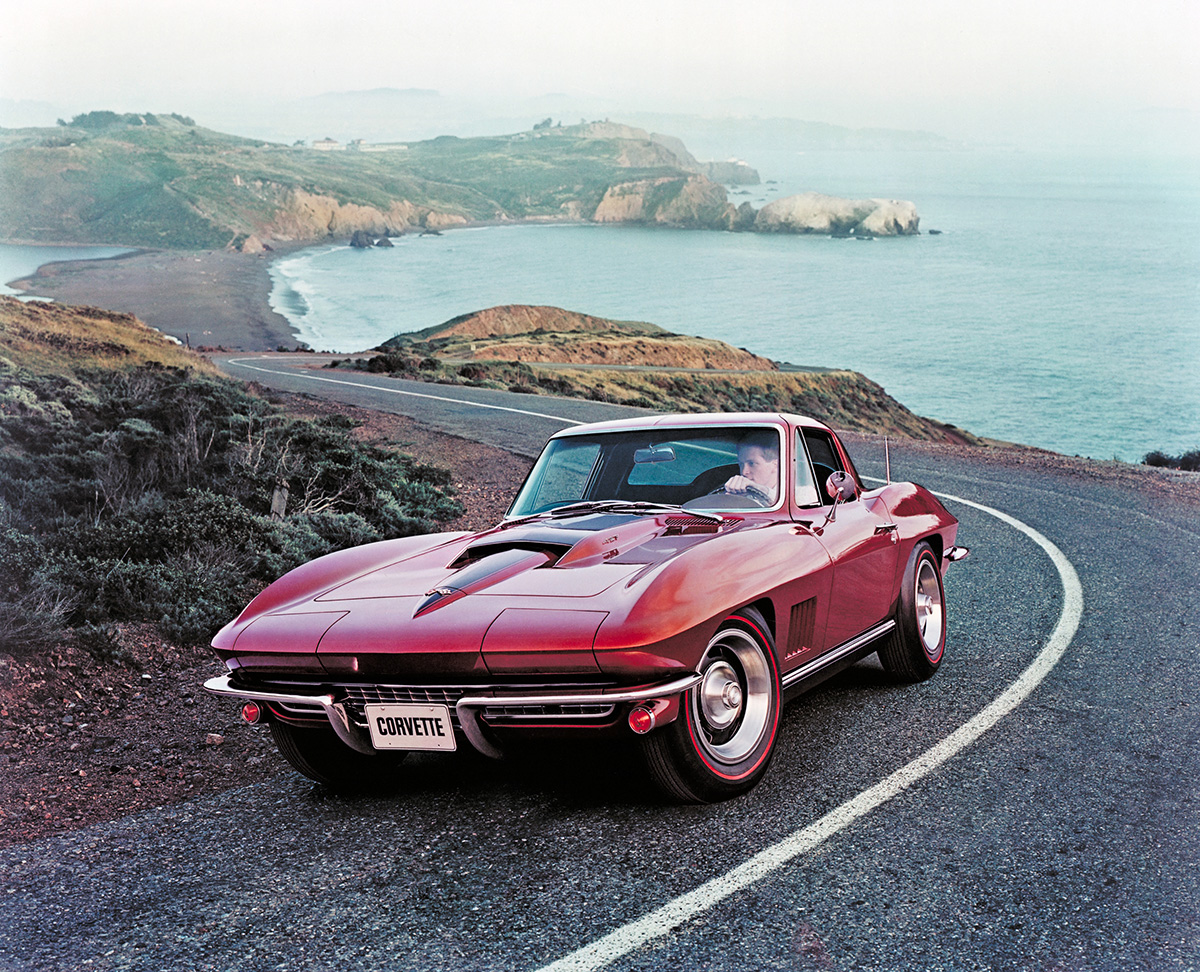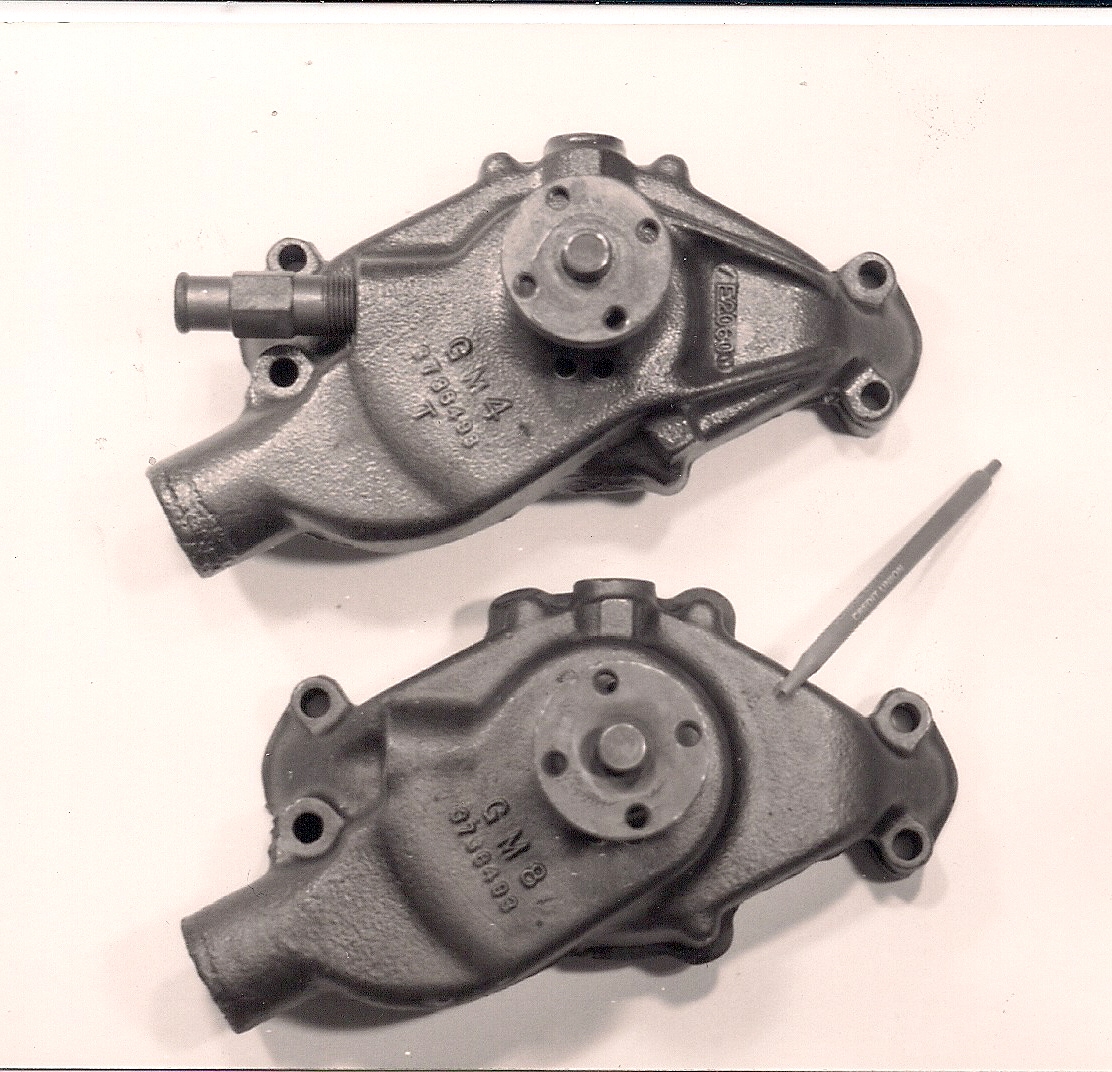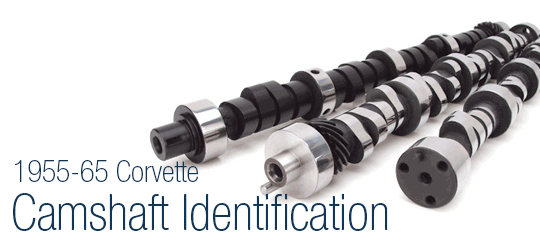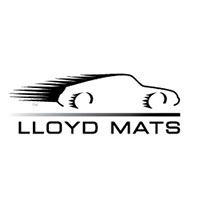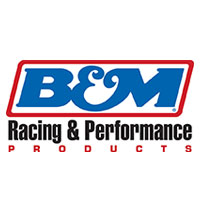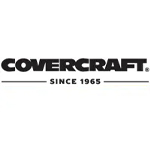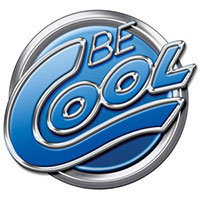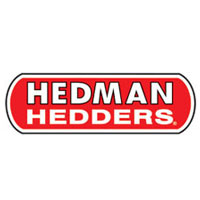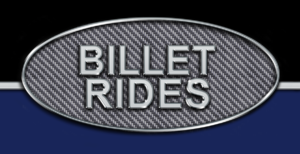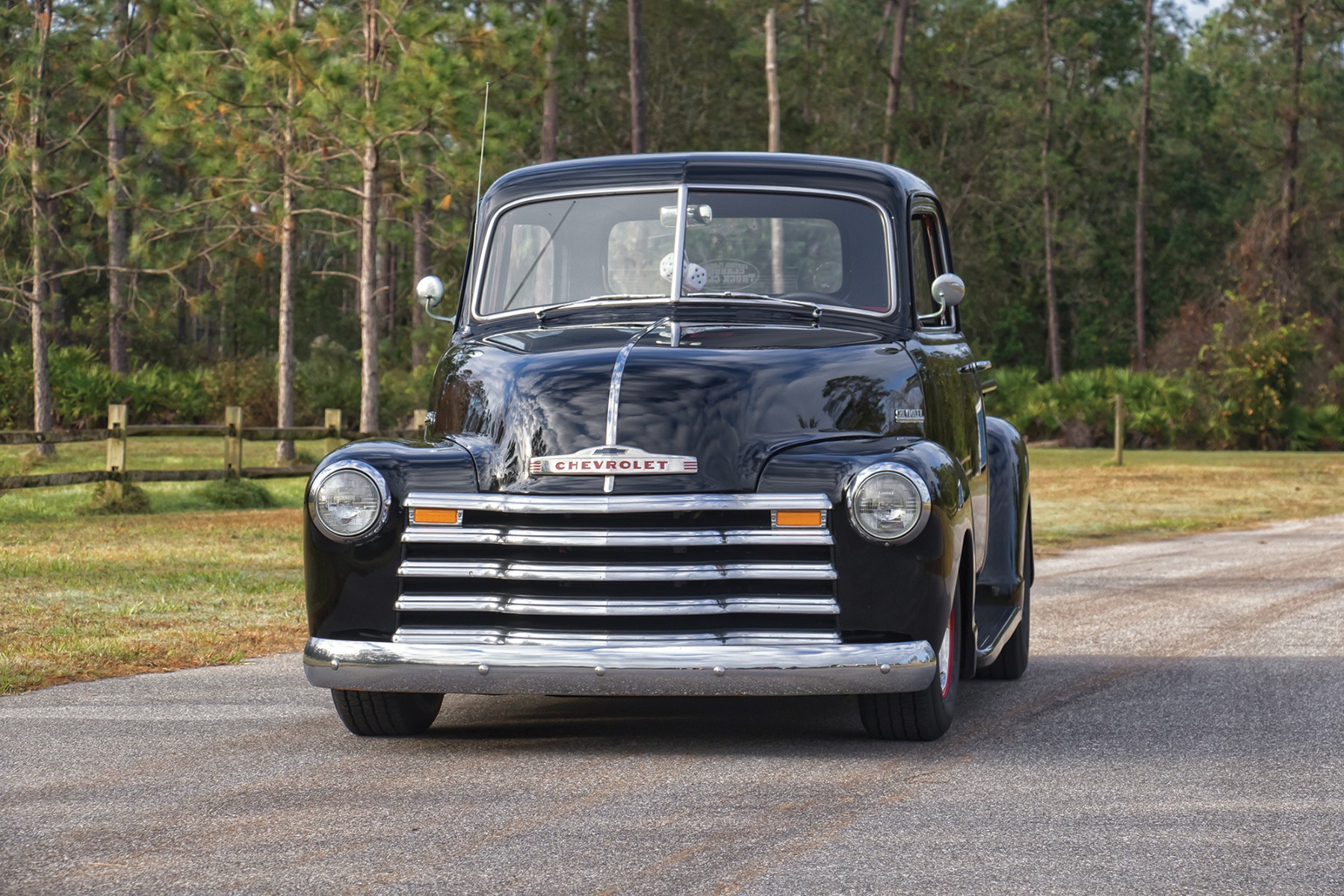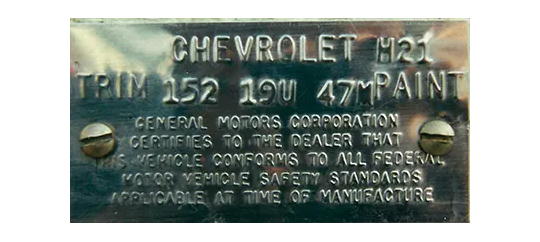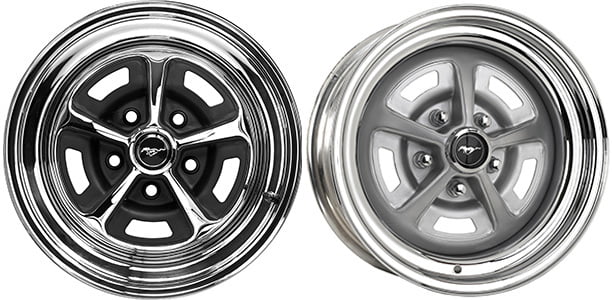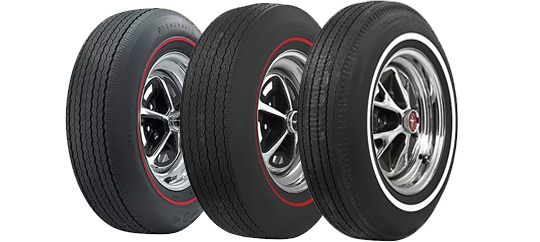Early Muncie 4-Speed Identification
- Sep 23, 2019
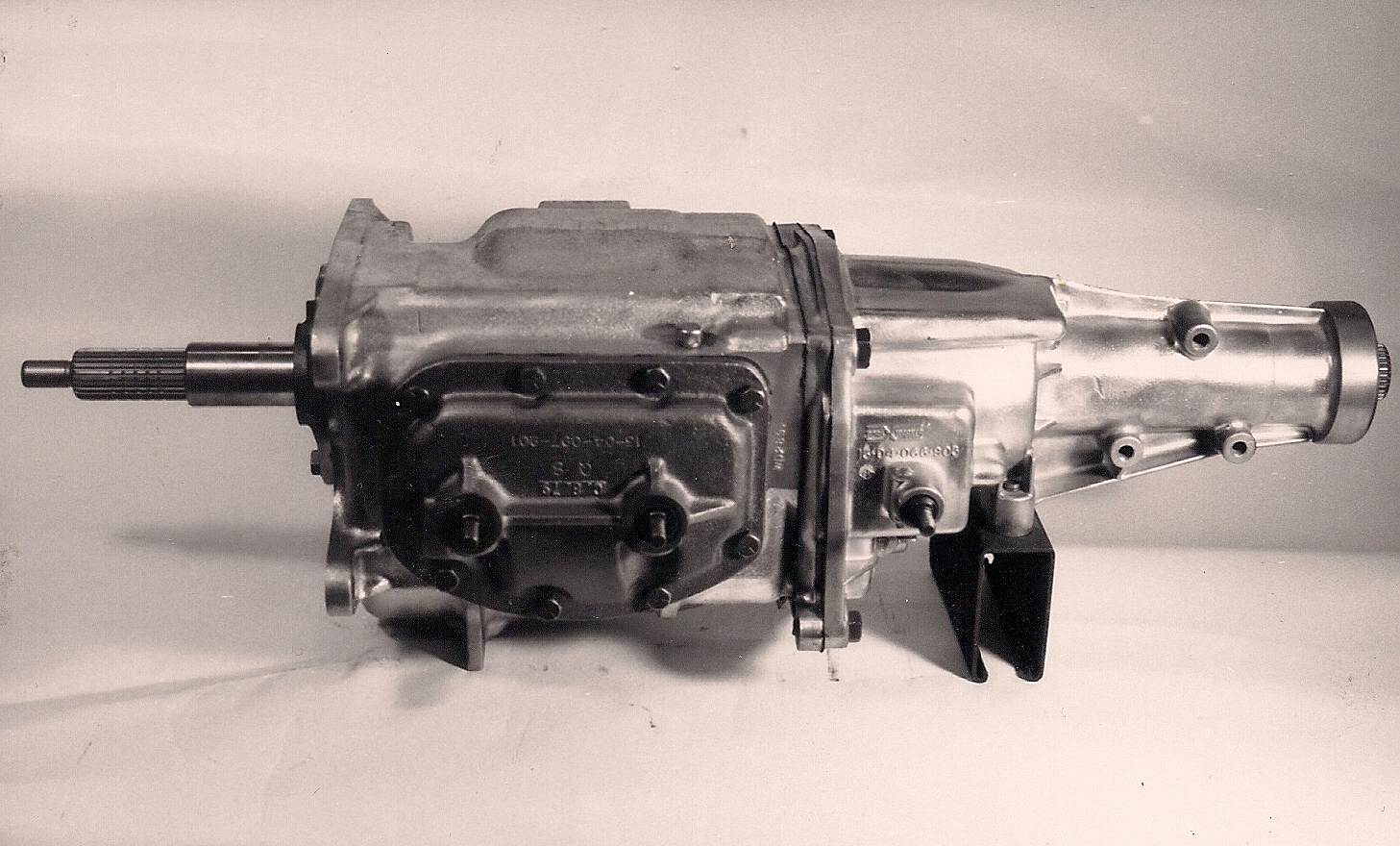
Author: Alan L. Colvin
The Muncie has probably been the most popular transmission among the hot rodding set since its inception in 1963. The Muncie was used in all high performance applications until the Borg-Warner Second Design Super T-10 began replacing it in 1974. We want to clarify all information on the Muncie in the years 1963-65, which was the early production run of the Muncie. Read further about Chevrolet's favorite gearbox.
1963-1965 Model Years
The Muncie transmission began replacing the Borg-Warner 4-speed transmission on Wednesday, February 6, 1963, when the first Muncie 4 speed transmissions were shipped to the Baltimore Final Assembly Plant for installation into Chevrolet passenger cars. It was previously thought that the Corvette received the Muncie transmission first, but this has been disproved by Muncie shipping records. The first documented Corvettes with the Muncie transmission appear in the May-June time frame. This transmission was similar to the successful Borg-Warner T-10. General Motors decided to develop a 4-speed in-house to eliminate dependency on the T-10. This was accomplished with minimal changes to the overall design.
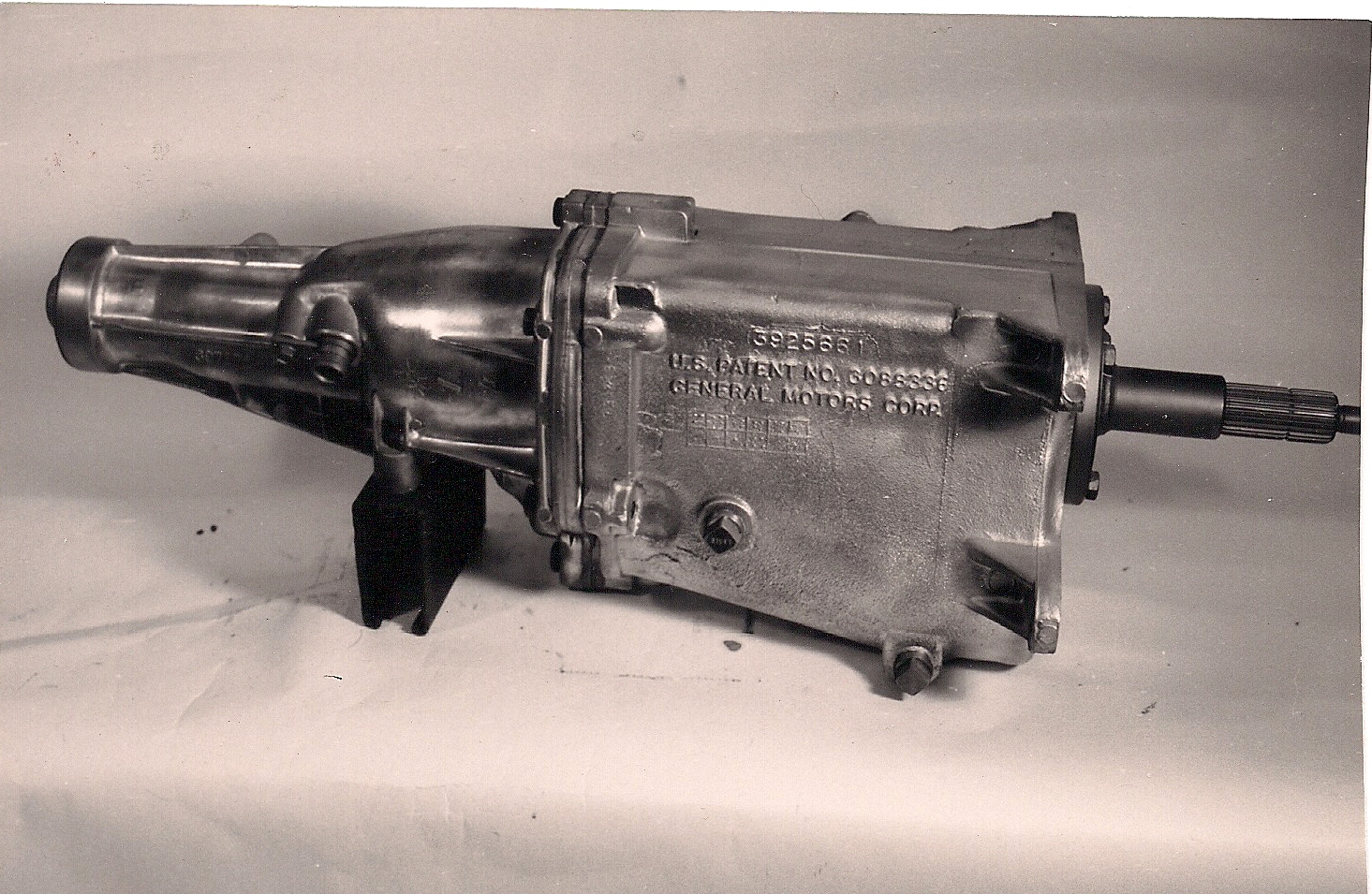

The Muncie transmission was an aluminum main case/extension housing, side-loaded transmission with a side-lever shift linkage. The 1963 transmission had a smaller front input shaft bearing and a specific front bearing retainer with a smaller outside diameter than the Muncie transmissions from 1964 and up. The original design retainer was manufactured out of aluminum, but the later replacement retainers were made out of cast iron. Also, the first speed gear in 1963 transmissions ran directly on the main shaft with a thrust washer. Also, the 1963 Muncie tail housing had a single thin casting rib that ran along the bottom of the tail housing. The 1964 Muncie transmission was a basic carryover of the 1963 transmission with the exception of the 1964 and later gearboxes used a first gear sleeve on the main shaft for better lubrication. The 1965 Muncie was identical to the 1964 version.
Identification Rings
All original Muncie transmissions have identification ring grooves on the input shaft. These rings were put on for the Muncie assembly line workers to readily identify which input shaft they had to install. The original ring groove for each transmission is shown below in the following charts. Many Muncie transmissions have had the input shaft replaced so this should not be used for positive identification of the transmission.
Muncie Date Coding
Many Muncie 4-speed main cases, extension housings, and side covers have a casting date code. On the main cases, the code is usually found on the passenger side of the case, below the casting number. The extension housing code is usually within a few inches of the casting number, also on the passenger side. Muncie casting date codes are very different from other transmission manufacturers. The code consists of two circles, both 1/2-inch in diameter and divided in half. One circle is called the date marker, the other the status marker.
The date marker has a month designator for when the part was cast or manufactured. This is represented by the numbers 1 through 12 (Jan. Ð Dec.). The opposite side of the date marker has between one and five dots, representing the week of the month. (Please refer to the component casting chart and the location of the transmission build date to determine the correct model year and application for the part.) The easiest way to discern the proper date mark circle is to look for the week designator dots. Always check to see that the date marked precedes the final assembly stamp code.
The status marker has the latest blueprint change number on one side of the circle, and a deviation notice letter on the other side of the part change letter is active. This information was only useful to the Muncie plant by allowing the tracking of problem parts. Often this circle is blank.
Transmission VIN Stamping
Most transmissions originally installed in Chevrolet vehicles from the 1962 model year on should have a VIN or vehicle identification number. The VIN will be located on the top or side of the main case. Most passenger car plants stamped the VIN on the top, while other plants stamped it on the side, near the assembly date code. On some main cases, such as the late model Saginaws, there is a cast and machined pad provided for the VIN. Characteristics of the VIN stamp, including the location of the pad, the type size of the stamp, and the stamping method (gang or individual), was chosen by the final assembly plant.
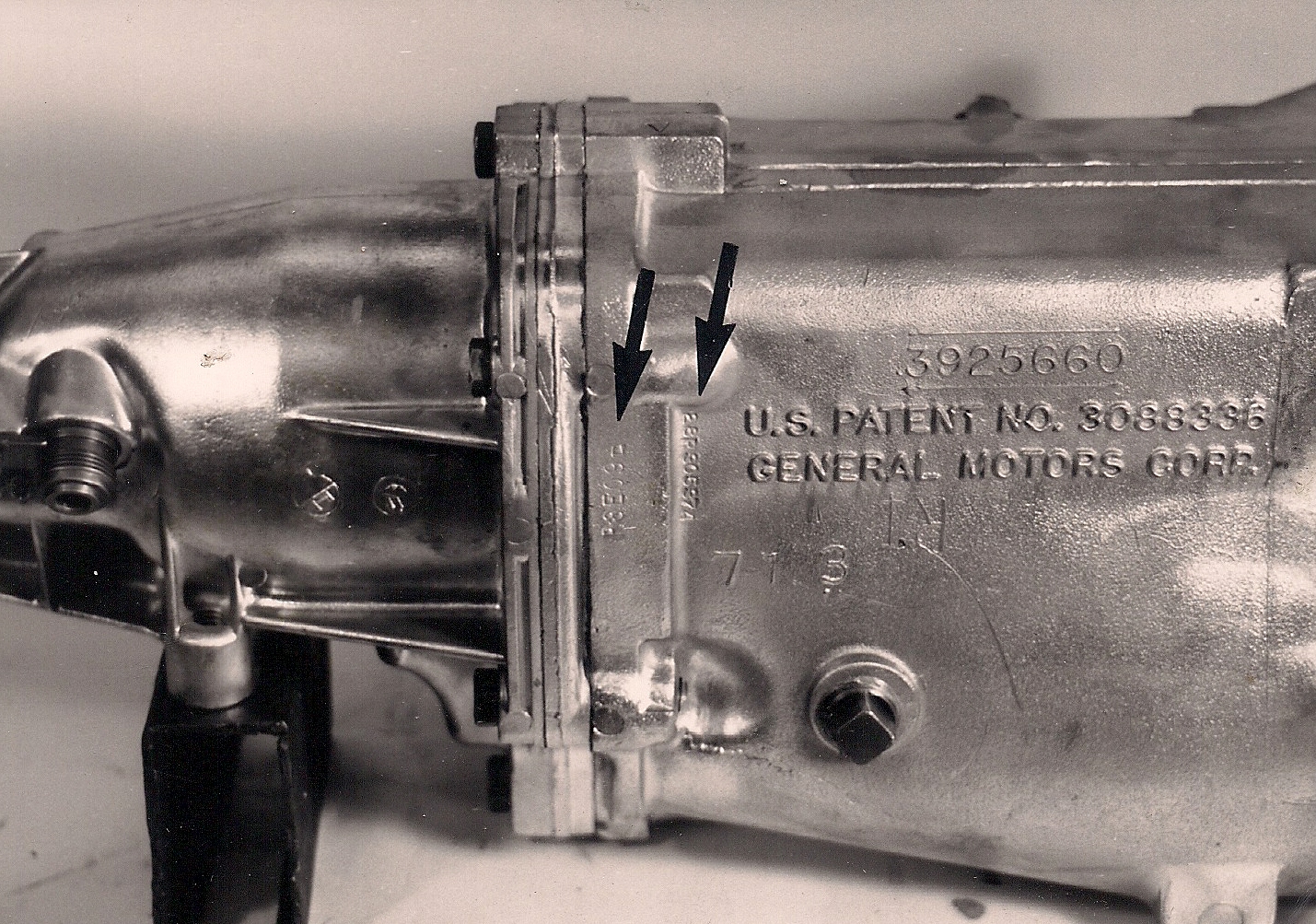

The number of characters in the VIN stamp varied. It is documented that from 1962Ð64, Corvettes did not use an assembly plant designation for the first digit. Instead, they used the model year number, for example, 4 for 1964. The remainder of the Corvette VIN stamp was the last six digits of VIN, i.e. the car's sequential assembly number. On the other hand, St. Louis-built passenger cars had the letter "S" as the first digit. Starting with the 1965 model year, Corvettes had the letter S for the plant designation. Many other assembly plants stamped only the sequential number, with no prefix.
Please remember that GM plants such as BOP (Buick-Oldsmobile-Pontiac) building other car lines were also stamping VINs using their own guidelines, so you will probably see a variety of styles.
Muncie Maincases
There were two maincase casting numbers used for the 1963 and 1964 model years. The 1963 maincase casting number was #3831704. The 1964 maincase casting number was #3851325 and was used through the 1965 model year as well. No 1963 or 1964 maincase should have a drain plug in the case. This practice did not start until the first M22 transmissions were built in 1965.
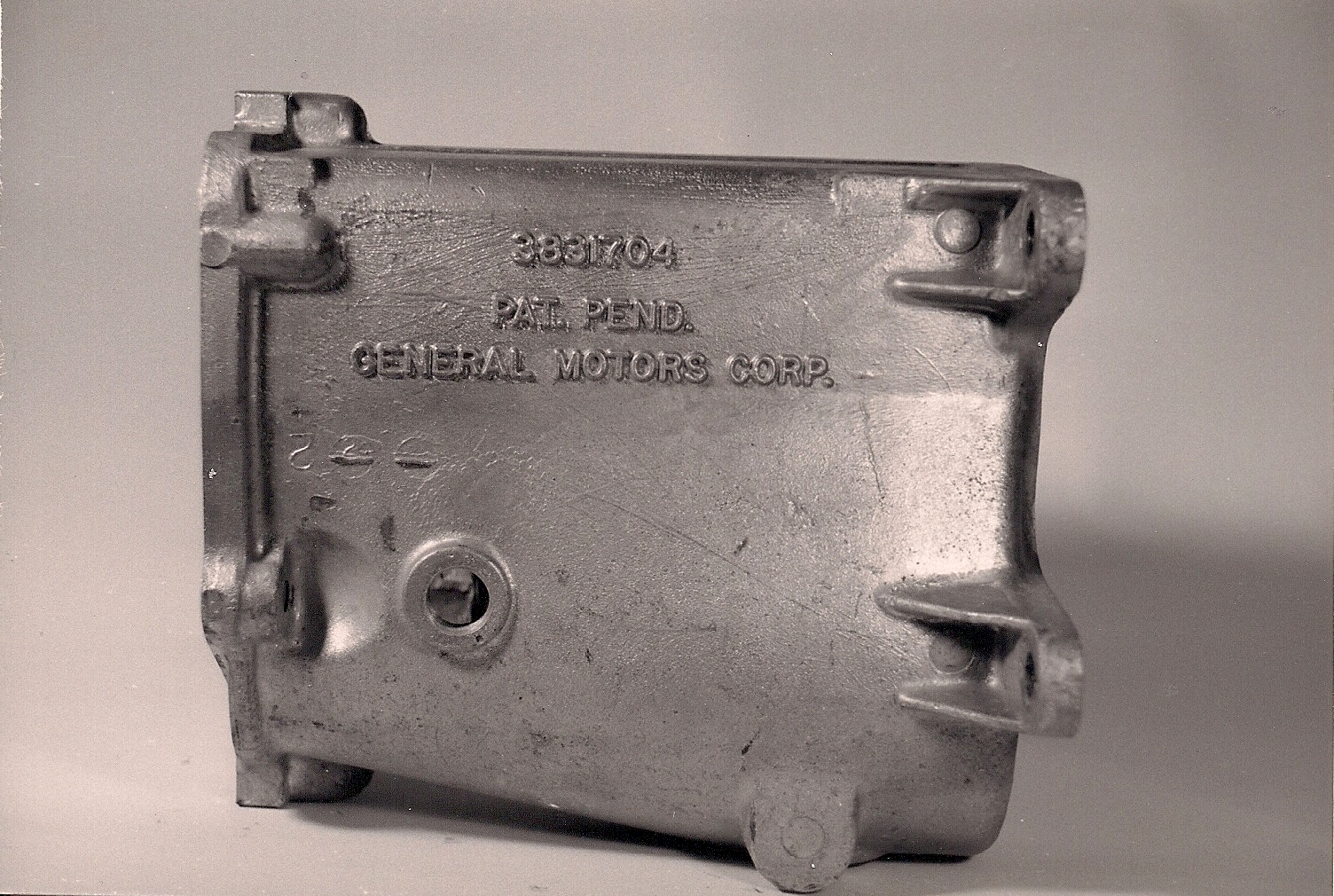

Muncie Extension Housings
The 1963 extension housing casting number was #3831731 and was only used during the 1963 model year. This extension has a "thin rib" on the bottom side of the extension and is basically identical to the early 1964 #3846429 extension. The early #3846429 extension has the casting numbers cast directly into the part. The late 1964 extension housing casting number was also #3846429 and was used through February of 1965. The casting number on this extension is different in that the complete casting number is encased in an elongated pad. This extension has the "wide" or reinforced rib on the bottom. The #3857584 extension was used for the remainder of the 1965 model year.
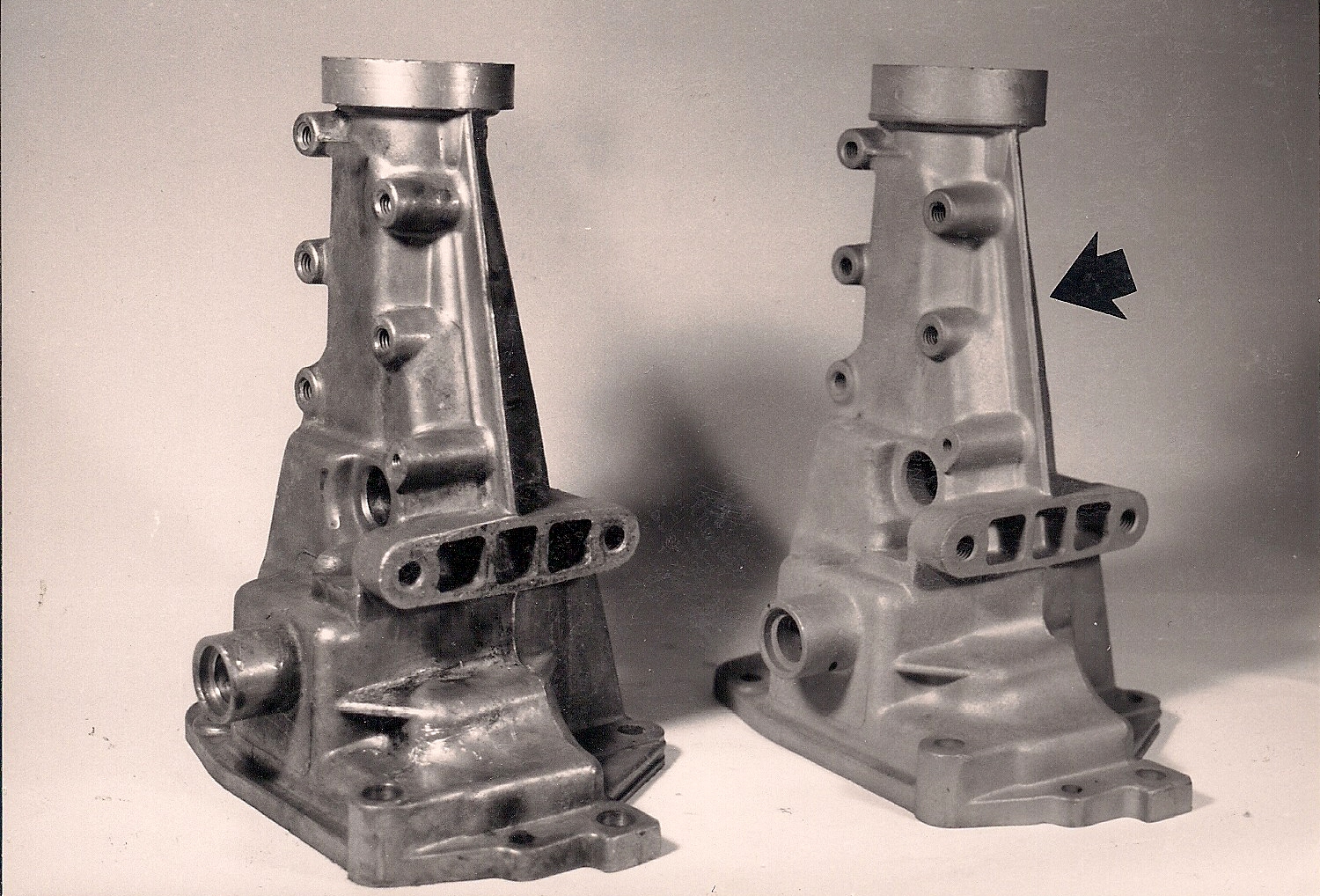

Muncie Sidecovers
There was only one side cover casting number used during the 1963 and 1964 model year. The number is #3831707. This side cover was also used through the 1965 model year.
1963-65 Muncie Characteristics
- 7/8" diameter cluster gear pin
- 5/16" course thread studs to attach shifting rods to transmission
- speedometer gear on left side
- thin blocking rings
| YEAR | RPO | 1ST GEAR/TYPE | I.D. RING | INPUT SPLINE | OUTPUT SPLINE | PIN |
| 1963-65 |
M20 | 2.56/WIDE | NONE | 10 | 27 | 7/8" |
| 1963-65 | M21 | 2.20/CLOSE | 1 | 10 | 27 | 7/8" |
| 1966-70 | M20 | 2.52/WIDE | 2 | 10 | 27 | 1" |
| 1966-70 | M21 | 2.20/CLOSE | 1 | 10 | 27 | 1" |
| 1965-70 | M22 | 2.20/CLOSE | NONE | 10 | 27 | 1" |
| 1971-74 | M20 | 2.52/WIDE | 2 | 26 | 32 | 1" |
| 1971-74 | M21 | 2.20/CLOSE | 1 | 26 | 32 | 1" |
| 1971-72 | M22 | 2.20/CLOSE | NONE | 26 | 32 | 1" |
NOTE: We have included the 1966-74 Muncie identification above for reference usage only. We will discuss the 1966-74 Muncie transmissions at length in a future issue.
TRANSMISSION CODE NUMBER IDENTIFICATIONTRANSMISSION CODE NUMBER IDENTIFICATION
All Muncie 4-speed transmissions were stamped at the Muncie assembly plant with a production code number, consisting of a prefix letter, production date and shift suffix letter where day and night shifts were in operation.
Example:
P701N
P = Muncie Assembly Plant
7 = Month of July
01 = Day of Month, 1st day
N = Night shift
The year of production was not coded on these transmissions. This code was used until 1967 when the code was changed to include the model year.
TRANSMISSION PRODUCTION CODE NUMBER LOCATION
1963 & 1964 Muncie Transmission: Passenger and Corvette models stamped on the left side of case rear of side cover.
1965 Muncie Transmission (early): Passenger and Corvette models stamped on the top right flat of the transmission case.
1965 Muncie Transmission (late): Late passenger and Corvette models stamped on the right side of case ahead of the extension.
MUNCIE 4 SPEED ALUMINUM TRANSMISSION COMPONENT CASTING NUMBER CHART
| YEAR | APPLICATION | MAIN CASE CASTING # | TAILHOUSING CASTING # |
SIDECOVER CASTING # |
FRONT BEARING RETAINER CASTING # |
ID TAG |
| 1963 | CHEV/PASS CORVETTE | 3831704 | 3831731 | 3831707 | 604932 | NO |
| 1964 | CHEV/PASS CORVETTE CHEVY II CHEVELLE |
3851325 | 3846429* (early) 3846429** (late) |
3831707 | 3851326 | YES |
| 1965 | CHEV/PASS CORVETTE CHEVY II CHEVELLE |
3851325 | 3846429** (to 2/65) 3857584 (after 2/65) |
3831707 | 3851326 | YES |
* The #3846429 extension was manufactured in two versions, a "thin rib" and a "wide rib". This application uses a thin rib.
** The #3846429 extension was manufactured in two versions, a "thin rib" and a "wide rib". This application uses a wide rib.







